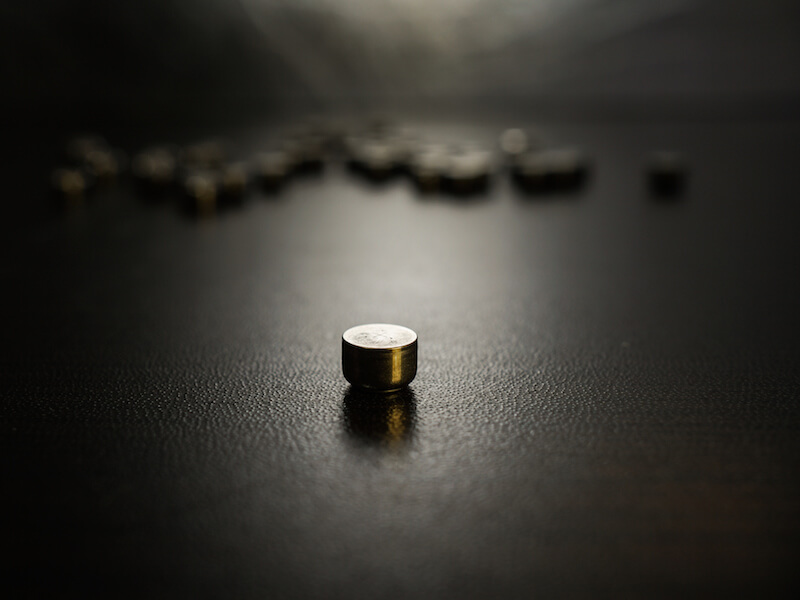
Contemporary technology has changed the way we power electronics of all types, from cameras to phones to music players. A powerful, rechargeable hearing aid battery is finally realizing the hopes of hearing aid makers to replace the antiquated disposable power sources of the past.
Disposable hearing aid batteries have traditionally been the power source of choice among manufacturers, with size 312 batteries being one of the more common battery types. The most popular form of this battery, now, is “zinc-ion”.
Disposable Hearing Aids Have a Downside
As the name would suggest, a zinc-air battery is impacted by the presence of air. The user has to pull a little tab off the back of a 312 zinc-air battery to activate it.
They will start draining power the moment they are completely oxygenated. That means power is beginning to deplete whether the user is ready for it or not.
Most users consider the length of life to be the most significant drawback of disposable batteries. With 312 batteries, the user could be changing the batteries in their hearing aids about 120 times every year because they drain in 3 to 12 days according to some reports.
Because of this, besides needing to buy 120 batteries, the user will need to change and correctly dispose of batteries at least twice a week. That’s most likely over $100 in batteries from a cost outlook alone.
Improvements in Rechargeable Batteries
Rechargeable hearing aid technology has progressed to the point where it’s now a practical option and that’s great news for individuals who use hearing aids.
The vast majority of people would use rechargeable hearing aids if given a choice according to some studies. Until recently these models have traditionally struggled to provide a long enough charge to make them practical. However, recent developments now allow a full day of use per charge.
Rechargeable batteries won’t save users substantial amounts of money, but they will make quality of life better.
These new models give less frustration on top of maintaining a 24 hour charge because the user doesn’t have the burden of continuously changing out the batteries. Instead, they just need to pop out the battery and place them in a convenient tabletop charging unit.
When a disposable battery nears the end of its life it won’t run your hearing aid at full capacity. And you can’t determine how close the battery is to failing. Consequently, users chance putting themselves in a position where their battery may die at a critical time. Not only is this a safety concern, but users could miss important life moments due to a dead battery.
Hearing Aids Come in Different Types
Rechargeable batteries come in a variety of different materials, each providing unique advantages. The ability to hold a charge for 24 hours is one reason why integrated lithium-ion batteries are one worthwhile option that manufacturers provide. And smart-phones are powered by this same kind of battery which may be surprising.
Silver-zinc technology is another material used for modern rechargeable hearing aids. This revolutionary technology was initially developed for NASA’s Apollo moon missions. You can even use this technology to modify and retrofit the existing hearing aids you’re comfortable with by changing the device to rechargeable power. Just like lithium-ion, silver-zinc can also provide enough power to last you all day.
There are also models that allow you to recharge the hearing aid without taking out the battery. During the night, or at some other time when the hearing aid isn’t in use, the whole hearing aid can be put directly into the charger
While each of these rechargeable solutions offers substantial advantages over disposable batteries, each option should be properly vetted to get a complete picture and to discover if it’s best for you.
If you’re looking for more information about hearing aid technology or how to select the best hearing aid to meet your needs, we encourage you to look at our hearing aids section.